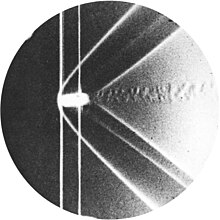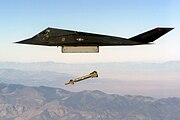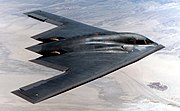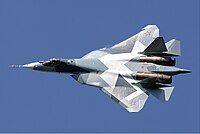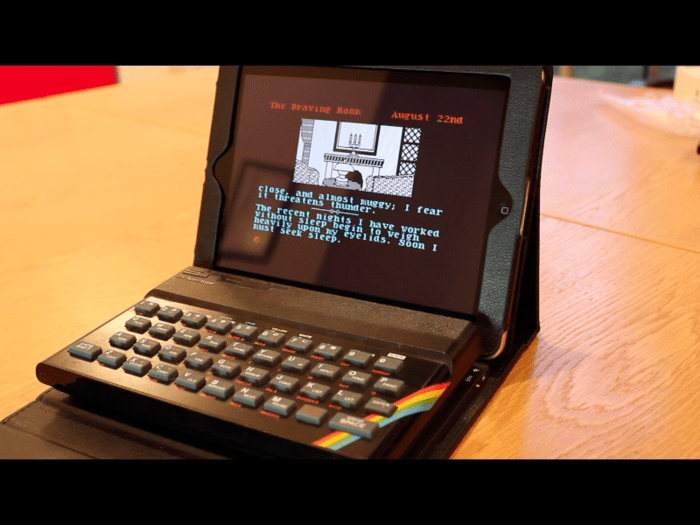
Boston-based Mobee, the mystery shopping app built by former Googlers aimed at leveraging mobile to collect real-world data from inside stores and other businesses, has acquired local shopping app Kickscout, created by RunKeeper co-founder Michael Sheeley. Sheeley, who left RunKeeper in 2012 after helping grow the service to 10 million+ users, will now become Mobee’s Chief Product Officer and work with the team in Boston.
Terms of the deal were not disclosed, but it is a combination of cash and stock. Kickscout had not taken in outside investment. Mobee, meanwhile, has $1.1 million in seed funding, and growing revenue, its founder and CEO Prahar Shah tells us.

Sheeley says that, with Kickscout, he was interested in exploring how mobile could be used to disrupt offline retail, an industry that had yet to change much over the years. He had been testing a number of ideas with the service, initially having users taking photos of things they think their friends might want to buy while in stores.
Later, Kickscout began to connect offline purchasing behavior with Pinterest – that is, if you had pinned a product on Pinterest, the app could alert you as you were shopping that the wanted product was nearby.
This idea began to gain some traction, with Kickscout growing to 50,000 users, around half of them actives. Now at Mobee, some of the technology Kickscout was using will be integrated into the Mobee mobile platform, starting with the piece that can help identify behaviors indicating a user is likely shopping, as well as other location-based information. Mobee isn’t moving into the same areas that Kickscout focused on, though, so the Kickscout apps on Android and iOS are being shut down immediately.

According to Mobee CEO Prahar Shah, the interest in acquiring Kickscout had a lot to do with Sheeley – because of his experience with RunKeeper, and growing a user base.
“There’s a potential for all these shoppers who are going into grocery stores, going into retail stores, and shopping every day. The idea with Mobee was to turn them all into data collectors,” he explains, referencing how Mobee’s users can take on “missions” where they check for stock, or a product’s placement on store shelves, among other things.
“Mike had really figured out at RunKeeper – and he was figuring out at Kickscout – how to make a user base grow, and how to make a social, viral app,” says Shah.
The social element comes into play at Mobee because the company wants to stand out from competitors like Field Agent, GigWalk, EasyShift and others by offering users an experience which is “more fun,” more social, and more like gaming, Shah explains. He notes that in Boston, where Mobee is headquartered, many users are the local Lyft drivers – a company known for its more fun-loving culture.
The CEO declined to provide Mobee’s revenue numbers or detail its growth, but would say that Mobee saw 500,000 missions completed in 2013, and has customers visiting stores like Walmart and Target to collect data for CPG clients, as well as places like McDonald’s, Panera Bread and other restaurants, plus grocery stores and other retail locations. One of the company’s top users made $6,200 last year off Mobee, Shah also mentions.
Mobee is now expanding for the first time outside of Boston to be available to users nationwide, and is thinking of raising an additional round in 2014. Now at Mobee, one of Sheeley’s first tasks is growing the development team. Today, the company has 15 employees, and will soon be 20 with the addition of more engineers.



